Database System Design and ERD
VerifiedAdded on 2021/04/16
|10
|881
|187
AI Summary
This assignment involves designing a database system for a company by creating an Entity Relationship Diagram (ERD). The process includes identifying entities, attributes, and relationships between them. The business rules provided are used to guide the design of the ERD. The assignment is completed in four tasks, each with specific requirements. The final ERD design is presented, which includes all entities, attributes, and relationships. This solution provides a detailed and accurate representation of the database system designed using ERD principles.
Contribute Materials
Your contribution can guide someone’s learning journey. Share your
documents today.
1 out of 10
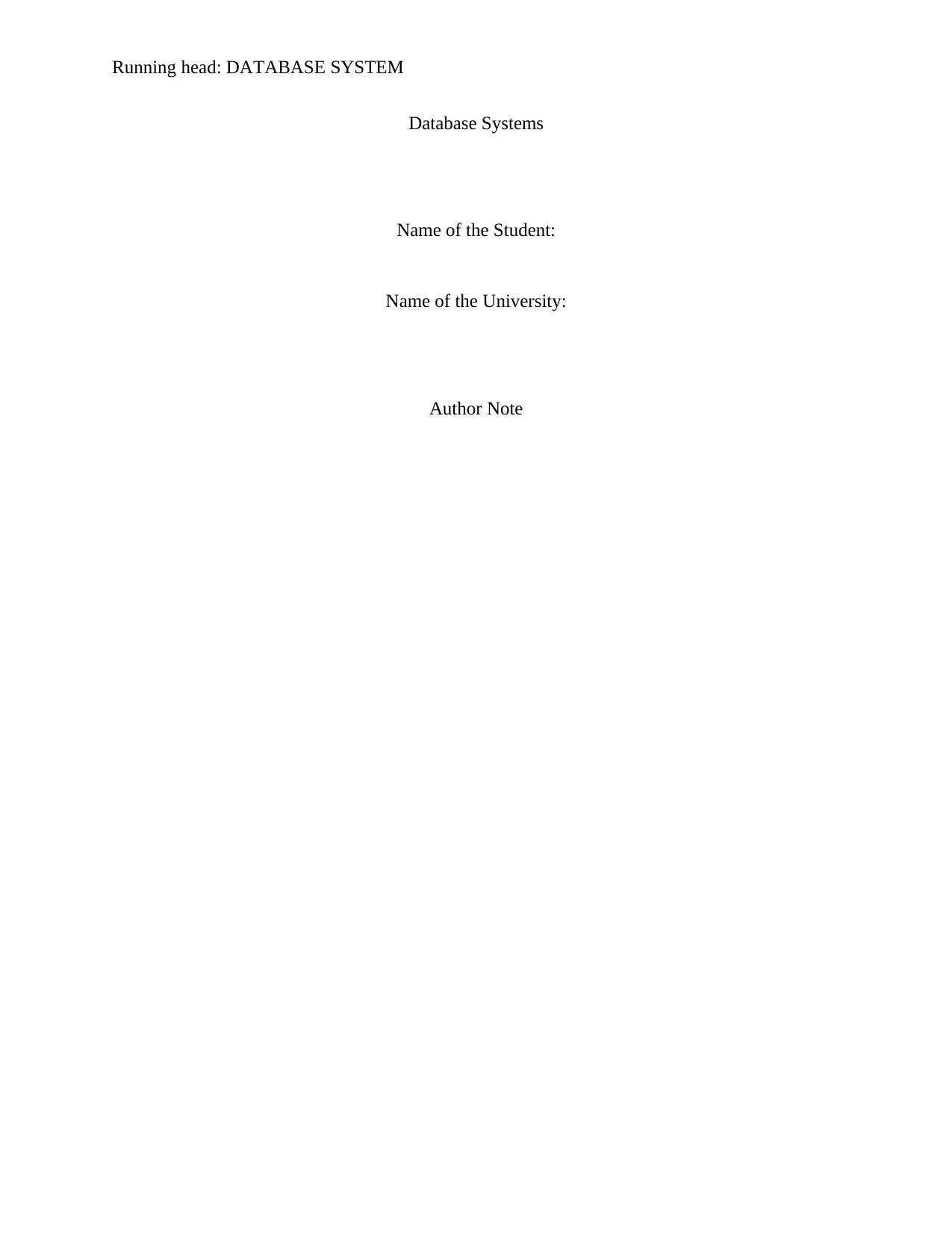
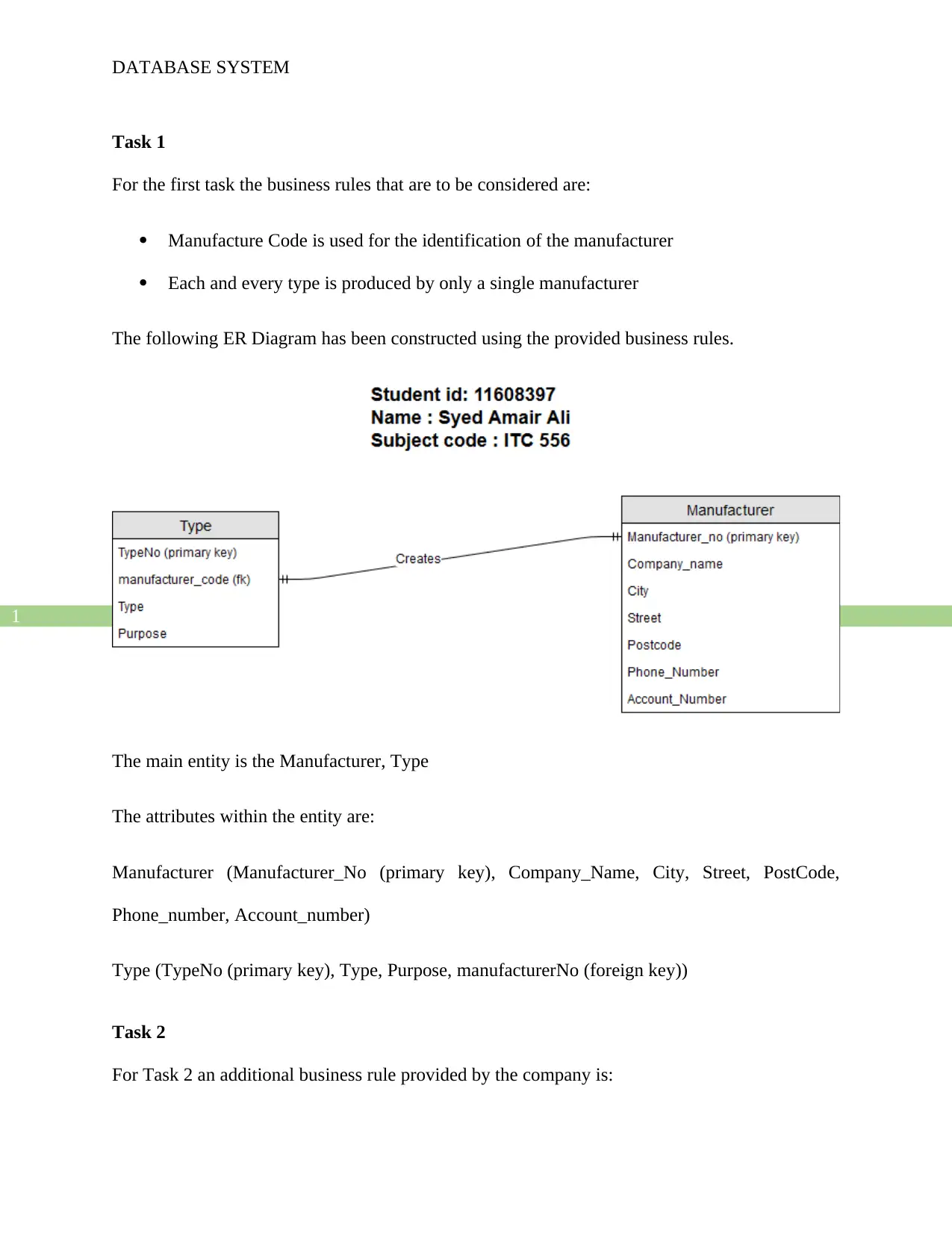
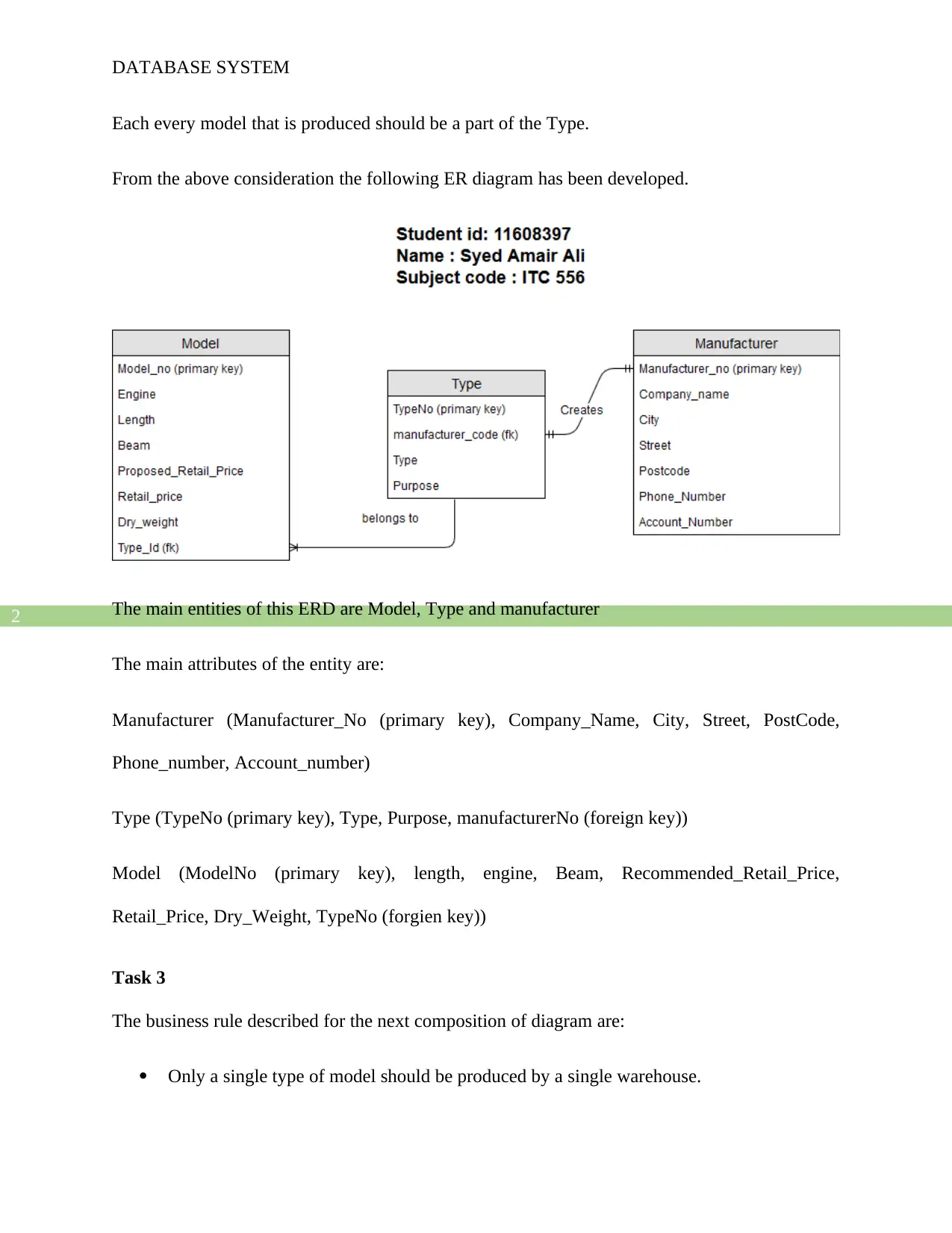
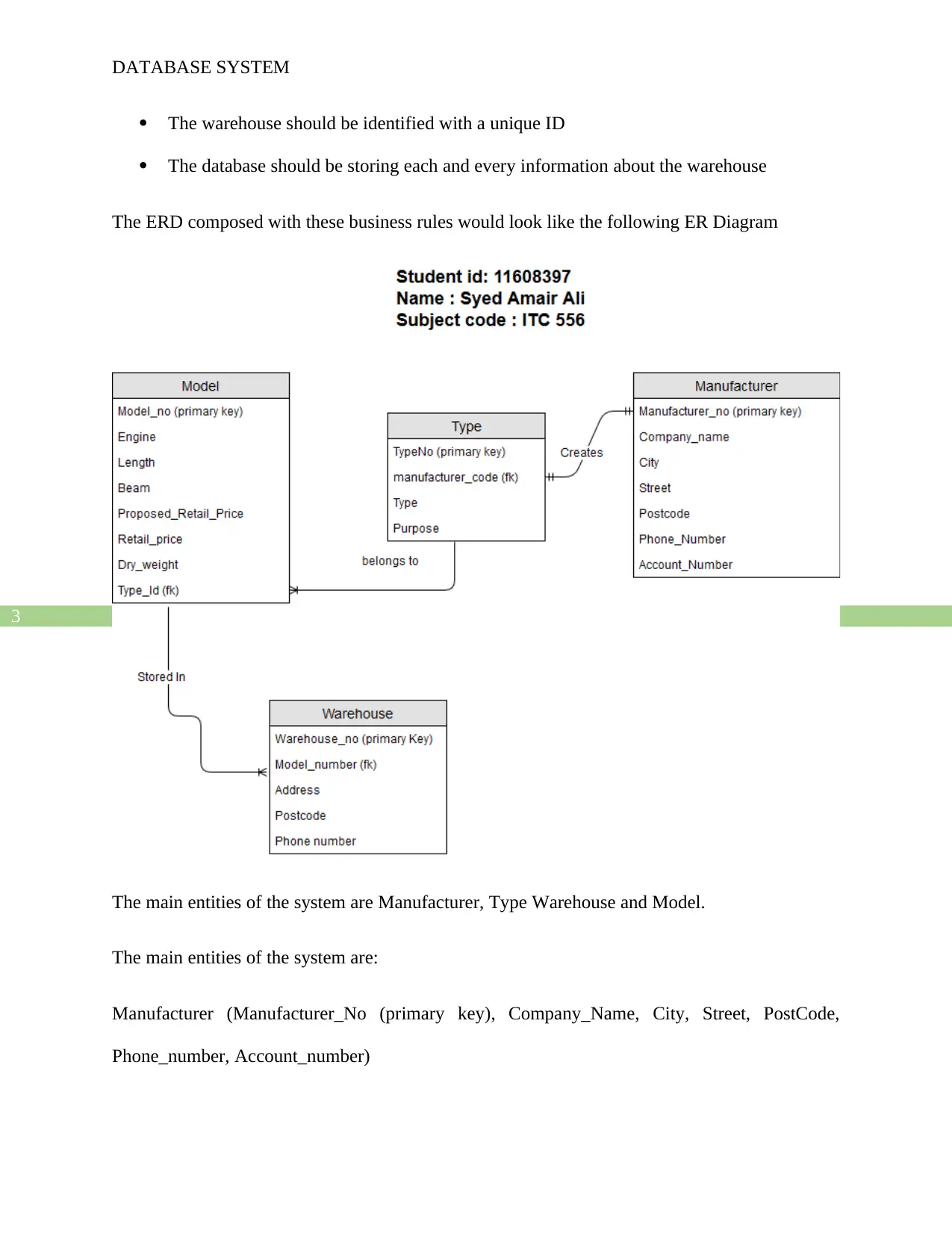
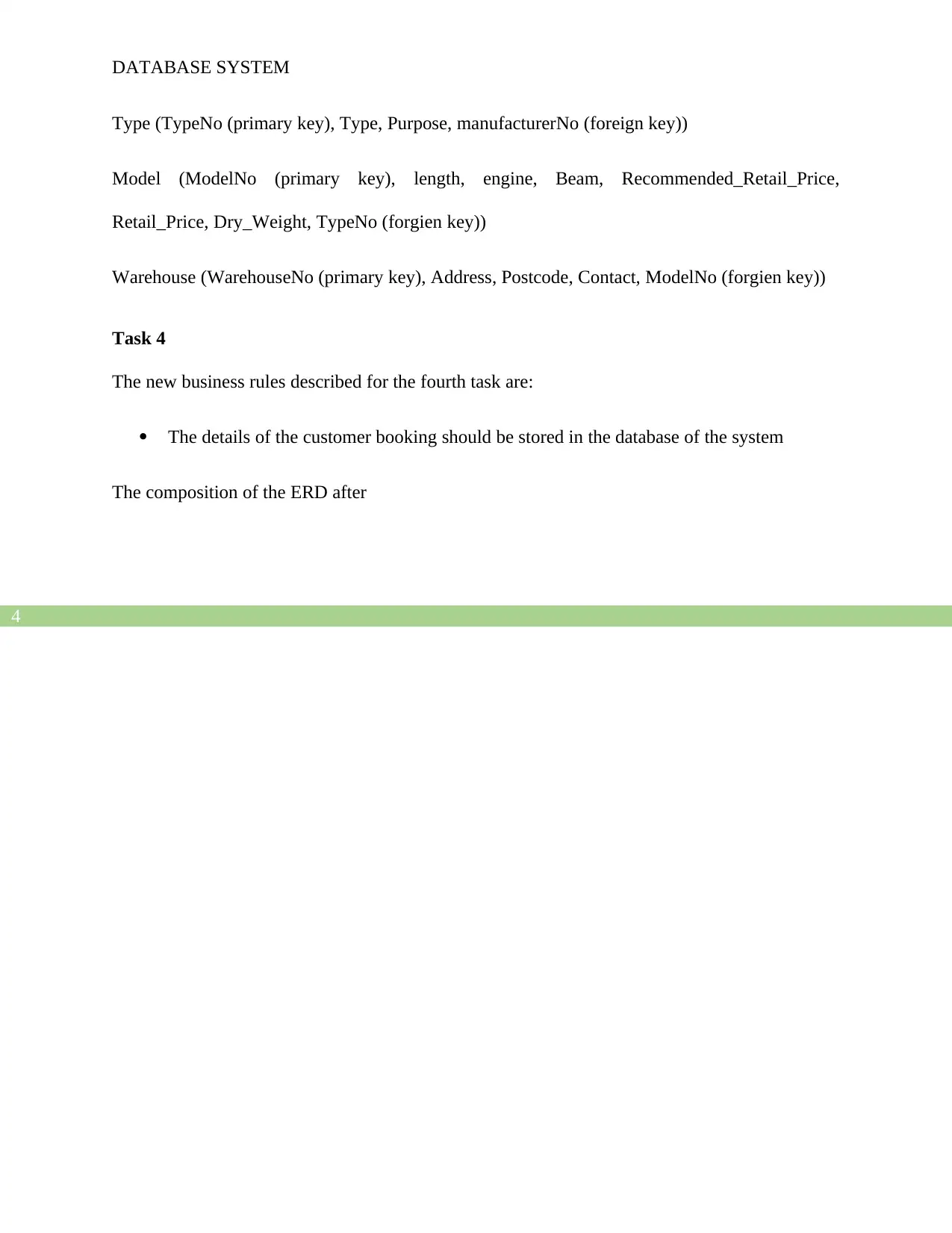
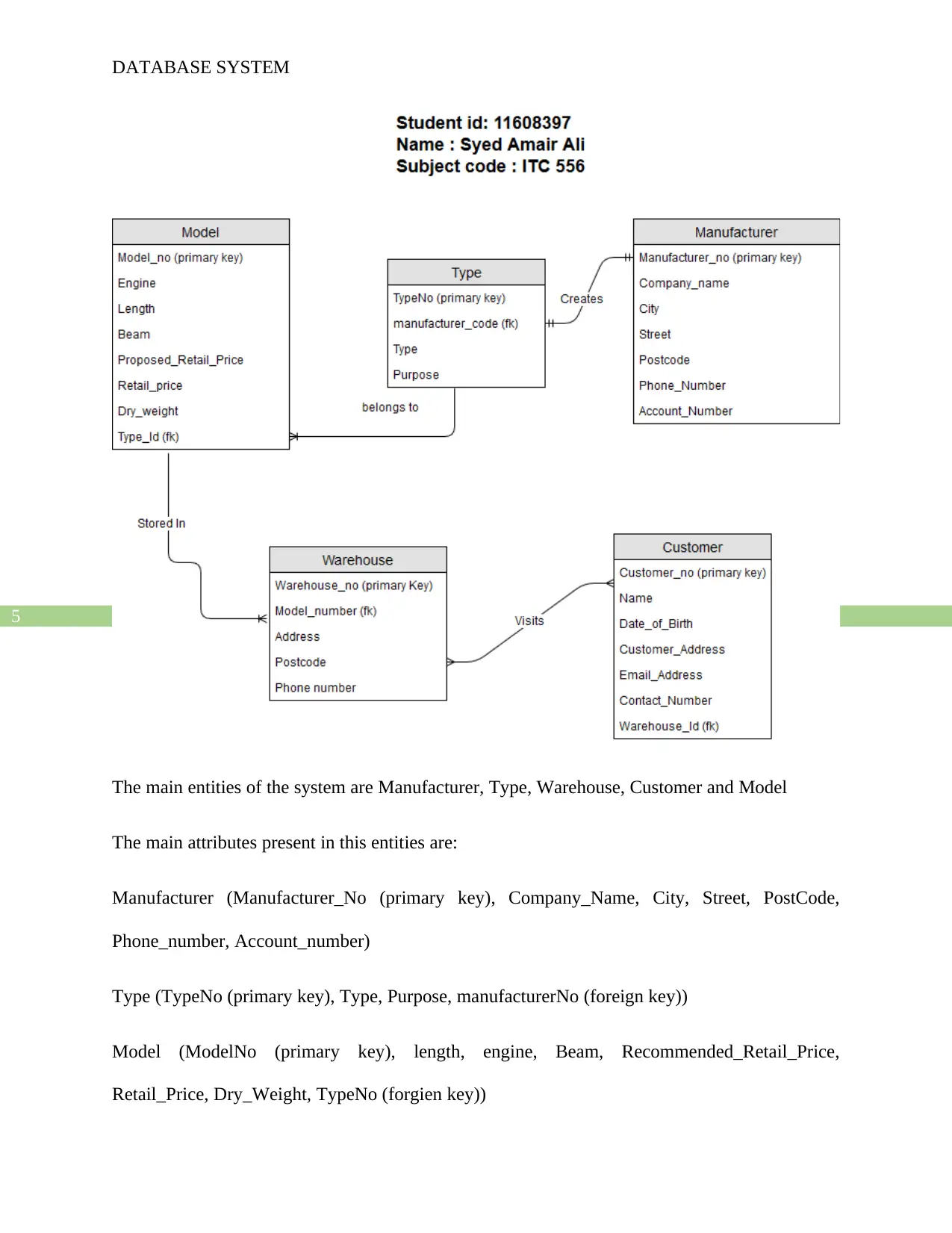
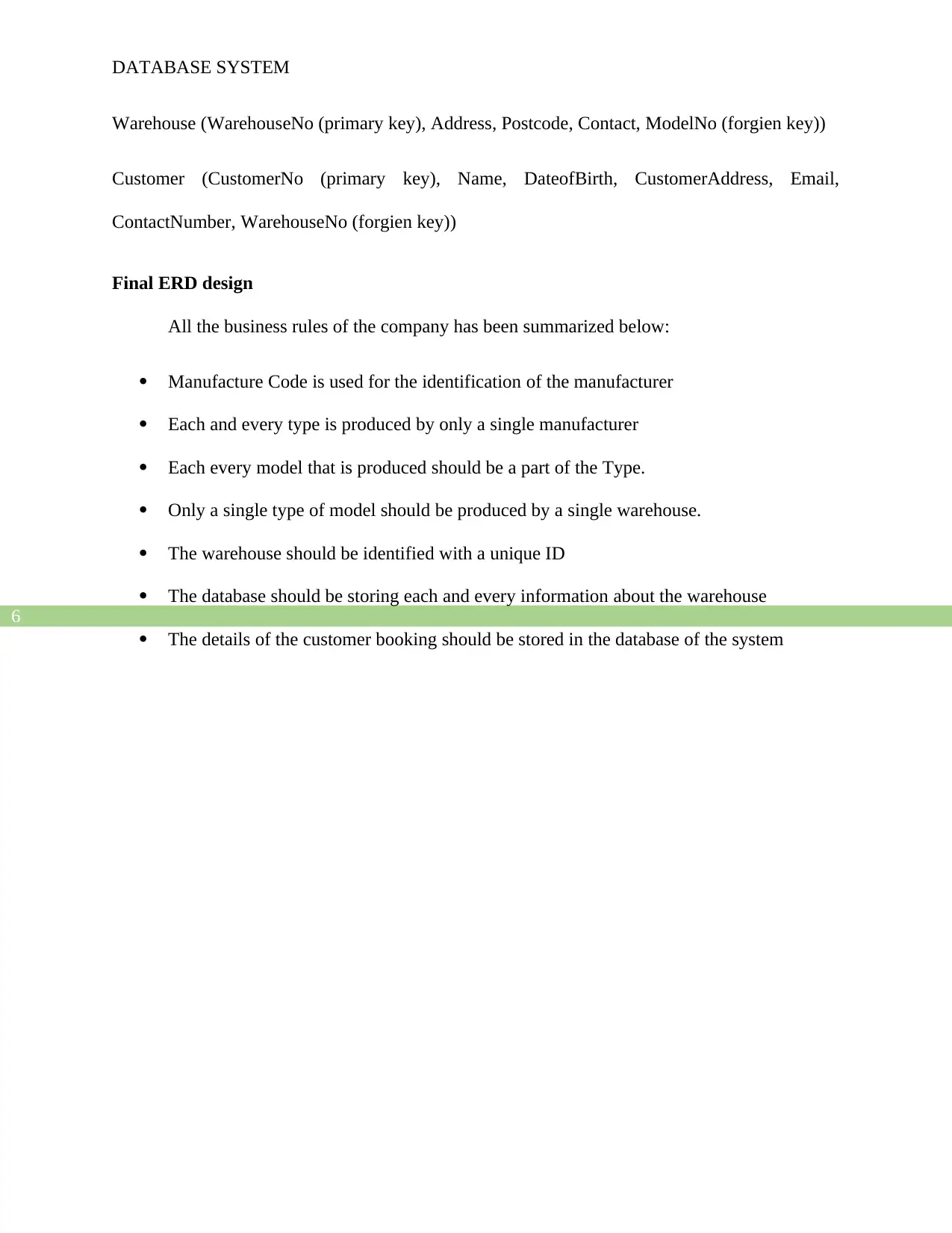
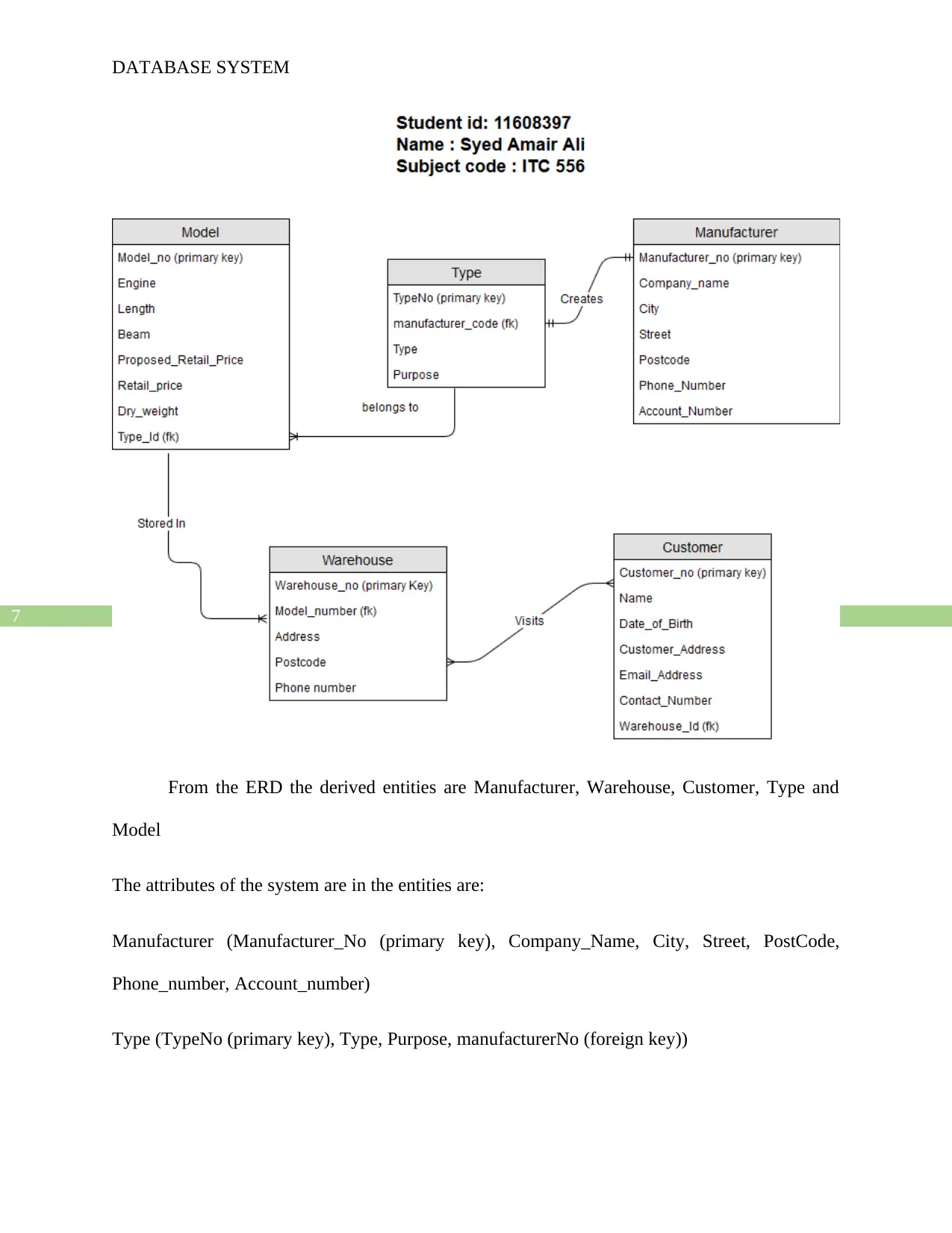
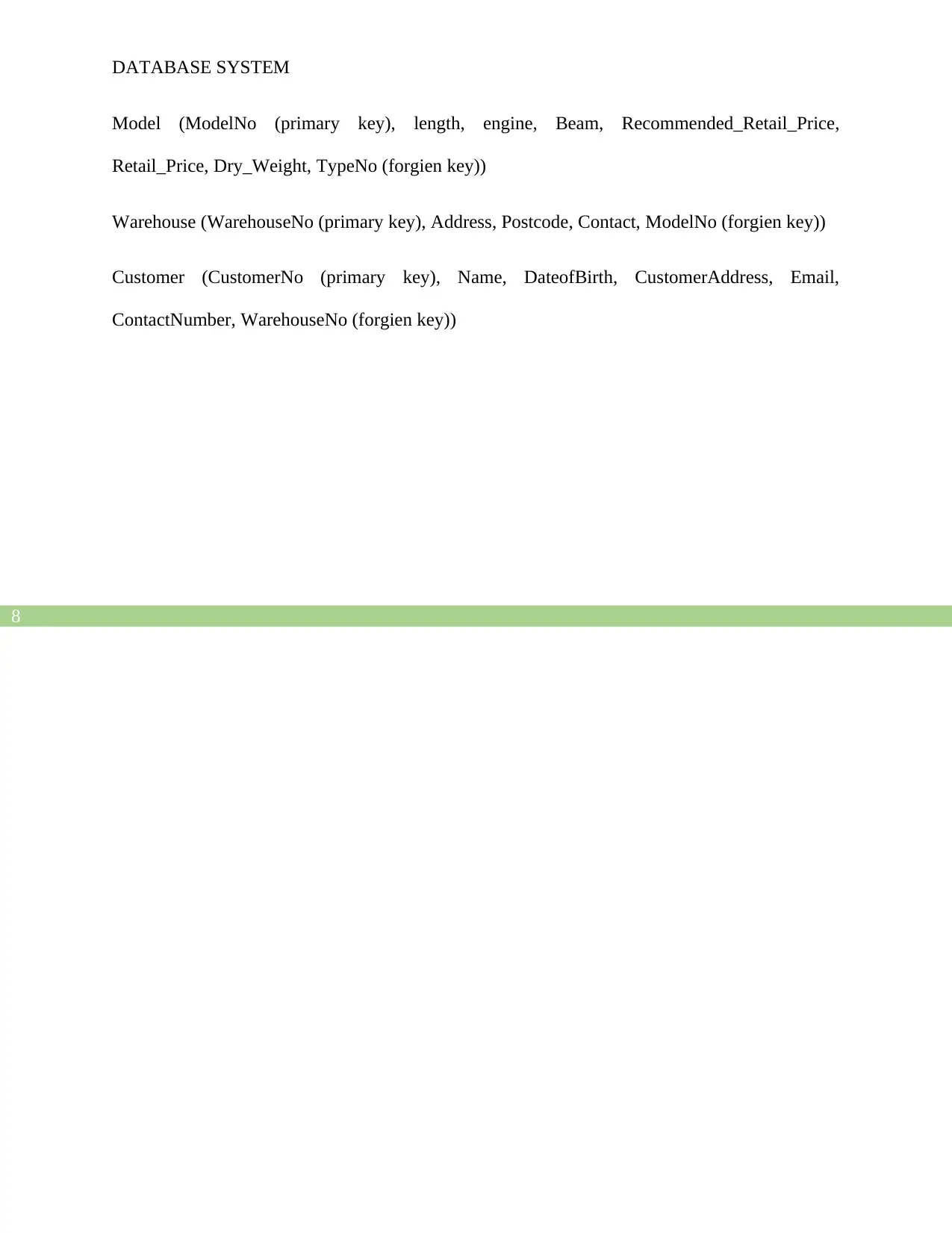
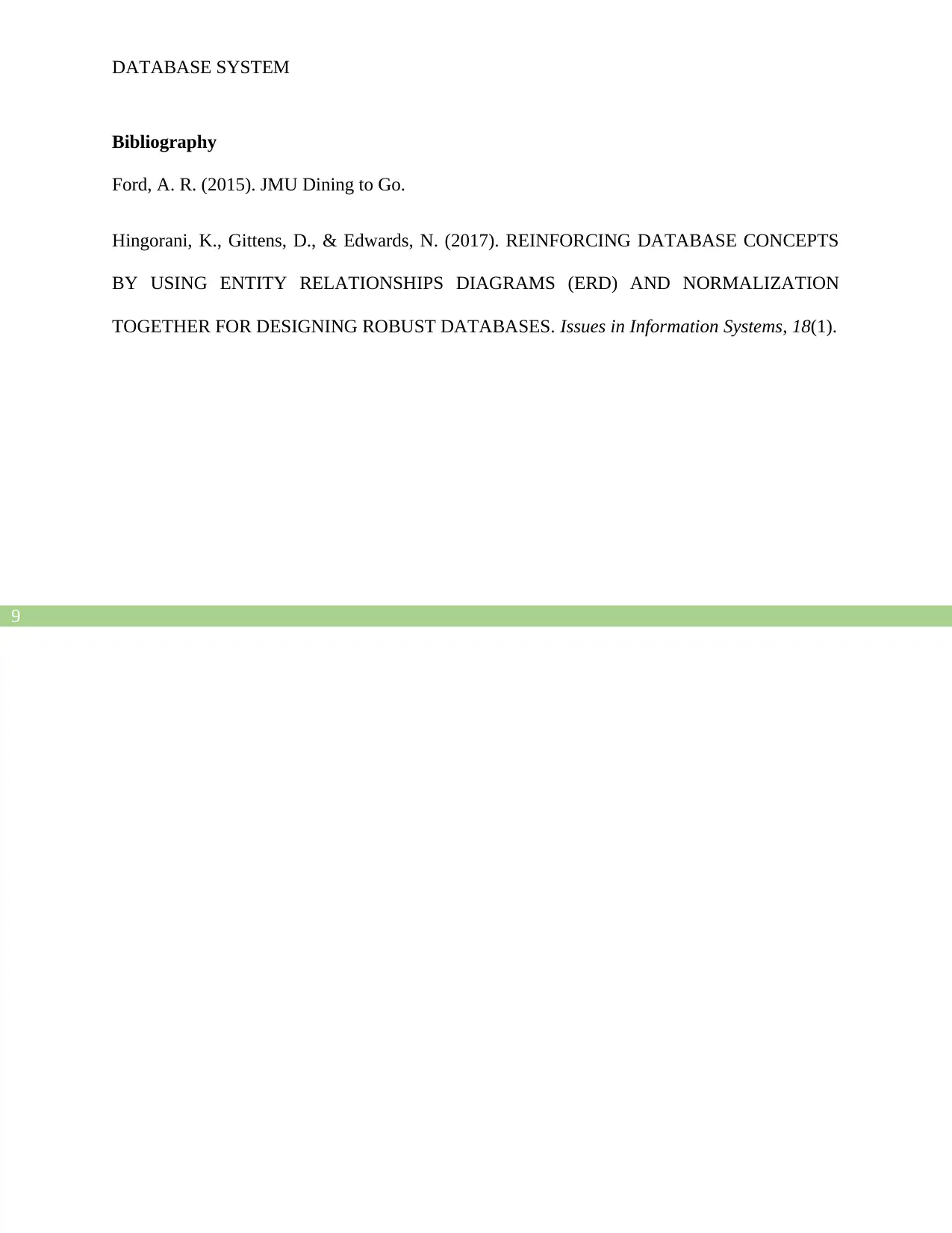






![[object Object]](/_next/static/media/star-bottom.7253800d.svg)